Soccer Mom Alert: How To Prevent Shin Guard Irritation
For many mothers, watching their children play soccer is like a rite of passage. If you’re a first-time soccer mom, though, it’s important to be aware of certain conditions that may arise — such as shin guard irritation. This hinders children’s enjoyment of the sport and can potentially lead to blisters and infections. Consider using football shin guards with sleeves to help mitigate irritation.
What Is Shin Guard Irritation?
Shin guard irritation is not that common in the general population. However, if you’re part of a network of soccer moms, you will likely be aware of this skin condition.
Shin guard irritation refers to rashes or bumps on the lower legs. These rashes may become red, itchy, painful, and swollen. As the name implies, the irritation is caused by shin guards that all soccer players are required to wear. Using junior football shin guards can sometimes help alleviate this issue.
As protective gear, shin guards are vital to the safety of soccer players. It can significantly reduce fractures and other lower leg injuries on the field. Studies have found that it can lower the force of impact by 11-17% and strain by 45-51% compared to unprotected legs.
However, this also means a high risk of shin guard irritation for most soccer players. They have the same manifestation — rashes or bumps — but have different causes. Here are the two types:
Irritant Contact Dermatitis
With irritant contact dermatitis, the rashes are caused by the shin coming into contact with soccer shin guards. Sweating and friction/chafing are the main contributors to shin guard irritation. This causes skin barrier damage, which then triggers an inflammatory response.
If your child experiences irritant contact dermatitis, the rashes or bumps may appear immediately after exposure. Consider using a shin guard sock sleeve to help reduce friction and moisture build-up.
Allergic Contact Dermatitis
Meanwhile, allergic contact dermatitis is classified as a delayed reaction to potential allergens or sensitizers. The rashes or bumps may appear 24-72 hours after exposure or contact. This is due to the release of antibodies to fight off the triggering substance.
In recent years, researchers discovered that acetophenone azine — a component found in shin guards — was the allergen responsible for shin guard irritation.
Dermatologists recommend patch testing to determine the cause of your child’s shin guard irritation. You can also monitor their lower legs to see if there is an immediate or delayed reaction after exposure.
How to Prevent Shin Guard Irritation
The best way to prevent shin guard irritation is not to wear shin guards at all. However, depriving young children of a sport they love is not right. Thankfully, as soccer moms, there are several things you can do to lower the risk of shin guard irritation, such as using football shin guards with ankle protection.

1. Wash Shin Guards After Every Use
Soccer shin guards accumulate a lot of sweat and dirt, creating a breeding ground for bacteria, fungi, and viruses. So not only can shin guards irritate, but they can also lead to infections. As such, wash your child’s shin guards after every use. Consider youth soccer socks with shin guards built in to simplify this process.
You can add a bit of bleach to your laundry and/or use a disinfectant spray. Use a mild setting on your washing machine to avoid damaging the shin guards, and make sure to air them out to dry.
Even though constant washing may shorten the lifespan of your soccer shin guards, doing this will significantly reduce the risk of shin guard irritation or infection.
Having multiple pairs of shin guards might be best if your child has daily soccer practice. You can cycle them out to ensure they are washed after every use.
2. Create a Protective Barrier Between Shins and Shin Guards
Creating a protective barrier also helps reduce the risk of shin guard irritation. Almost every young soccer player wears socks underneath the shin guards. This creates a barrier between the lower legs and the shin guards — helping avoid irritation or an allergic response.
Look for socks made with moisture-wicking materials to stave off sweat or moisture build-up. An antibacterial or antimicrobial fabric also helps eliminate bacteria and fungi.
Like soccer shin guards, wash the shin socks after every use. Advise your child to remove them after a game or practice immediately.
3. Apply Cool Compress to Affected Areas
If your child is prone to shin guard irritation, you can apply a cool compress to their lower legs after soccer practice. A cold compress helps reduce pain, swelling, inflammation, or itching.
By numbing the area, your child will also be less likely to pick at or scratch the rash — which may cause them to weep or become infected.
4. Moisturize the Skin Regularly
Skincare products can also help reduce the irritation caused by shin guards. According to studies, friction, irritation, and infection can lead to a compromised skin barrier function. This, in turn, increases trans-epidermal water loss — a key feature of different types of shin guard dermatitis.
Regular use of emollients, moisturizers, and barrier creams can reduce dry skin and irritation. It can also help decrease susceptibility to irritants and the reoccurrence of contact dermatitis.
At SKIN by XND, Shield + Protect is a hydrating lotion that helps reduce skin irritation and inflammation after sports activity. It helps create a protective barrier on the skin to avoid moisture loss. Key ingredients include:
- Aloe vera and chamomile to soothe the skin
- Tea tree oil with antimicrobial properties
- Tapioca starch helps reduce sweat and moisture
- Jojoba seed oil and squalane provide optimal moisturization.
Apply moisturizer immediately after your child gets out of the shower. This is to minimize water loss and ensure optimal absorption of the cream.
5. Consult a Medical Professional
If your child’s shin guard irritation becomes severe or even infected, consult a medical professional immediately. They may recommend topical or oral steroids to reduce inflammation and irritation. Additionally, they might suggest a shin guard rash remedy to alleviate symptoms.
However, steroids have side effects such as skin thinning and delayed wound healing. It is only recommended for severe cases of skin guard irritation. Usage must also be monitored by a medical professional.
A Soccer Mom’s Guide to Preventing Shin Guard Irritation
Shin guard irritation can cause itchy or painful rashes. As your child deals with this condition, it may take out all the fun from playing soccer.
Thankfully, as a soccer mom, there are things you can do to help prevent shin guard irritation. This includes proper equipment maintenance and using skincare products that can help your child become less prone to skin irritation.
Incorporating these techniques into your child’s daily soccer routine can be your best bet against shin guard irritation.


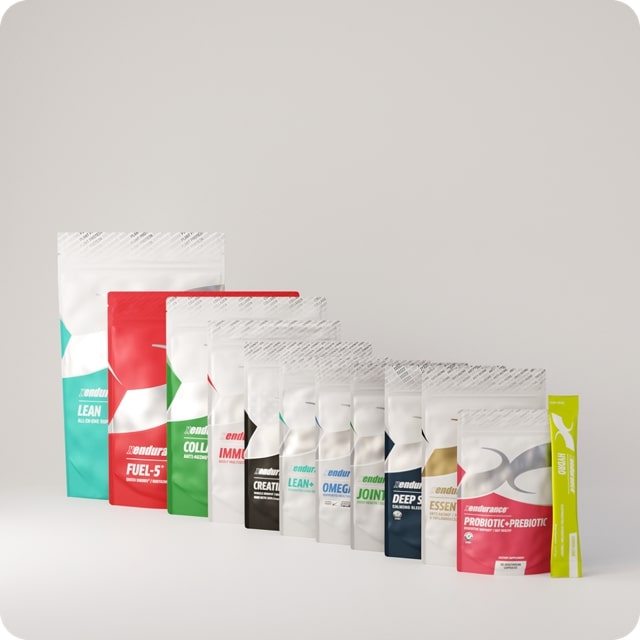
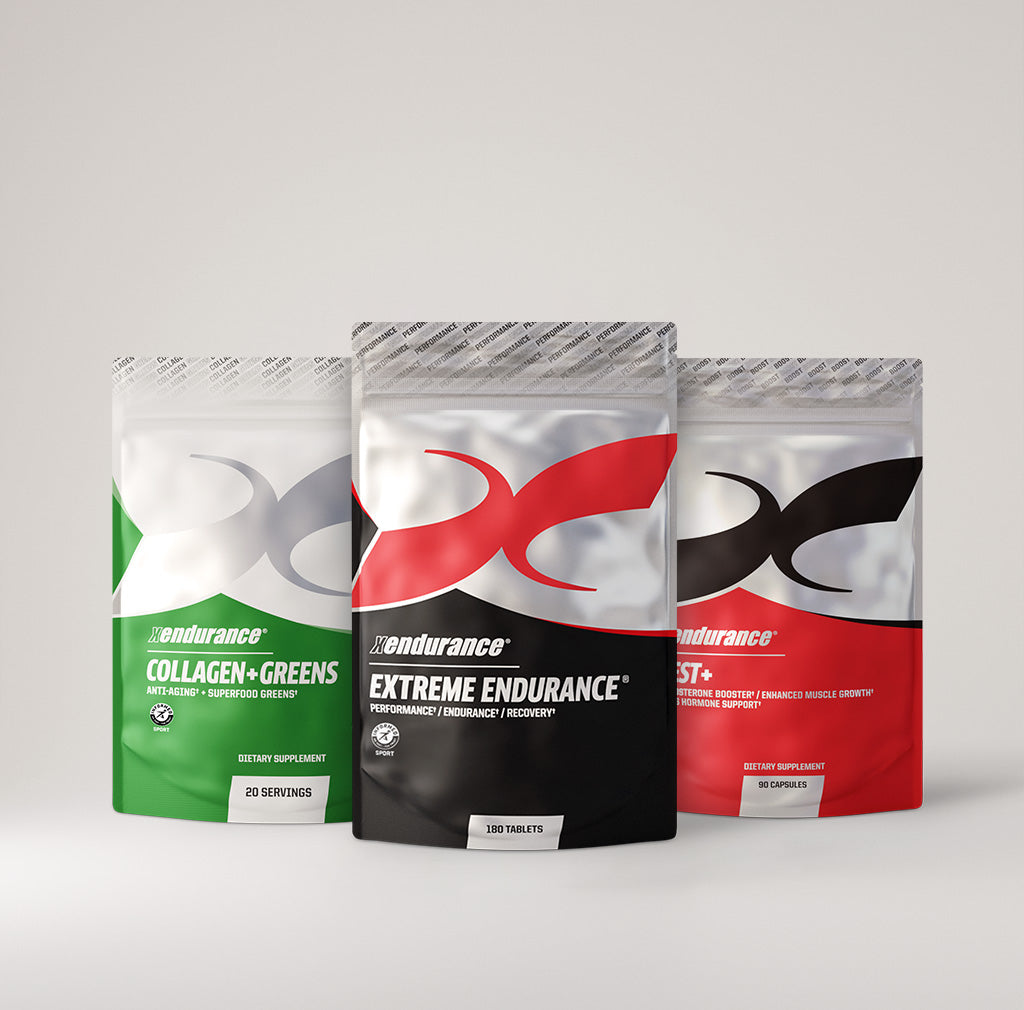
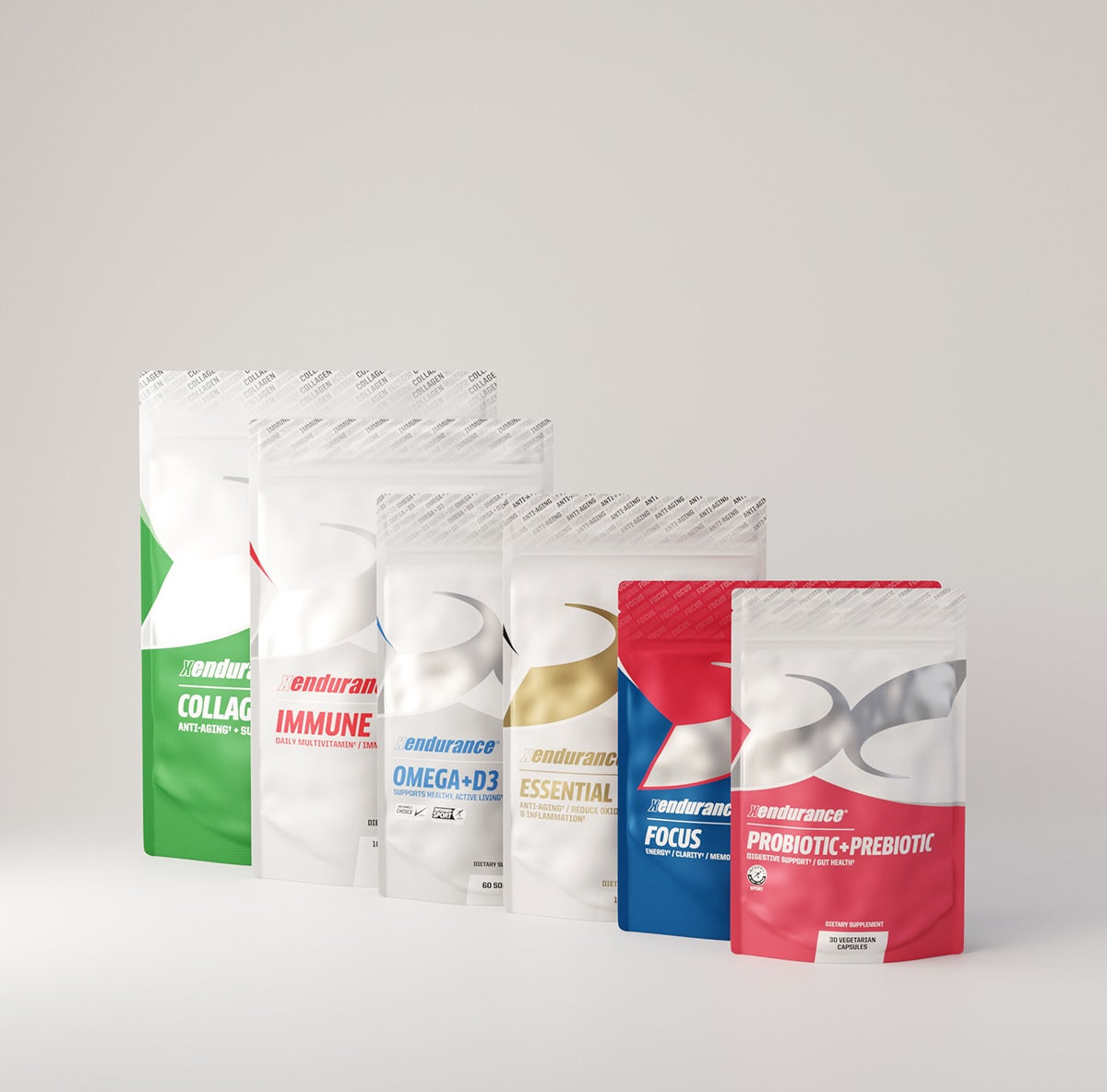
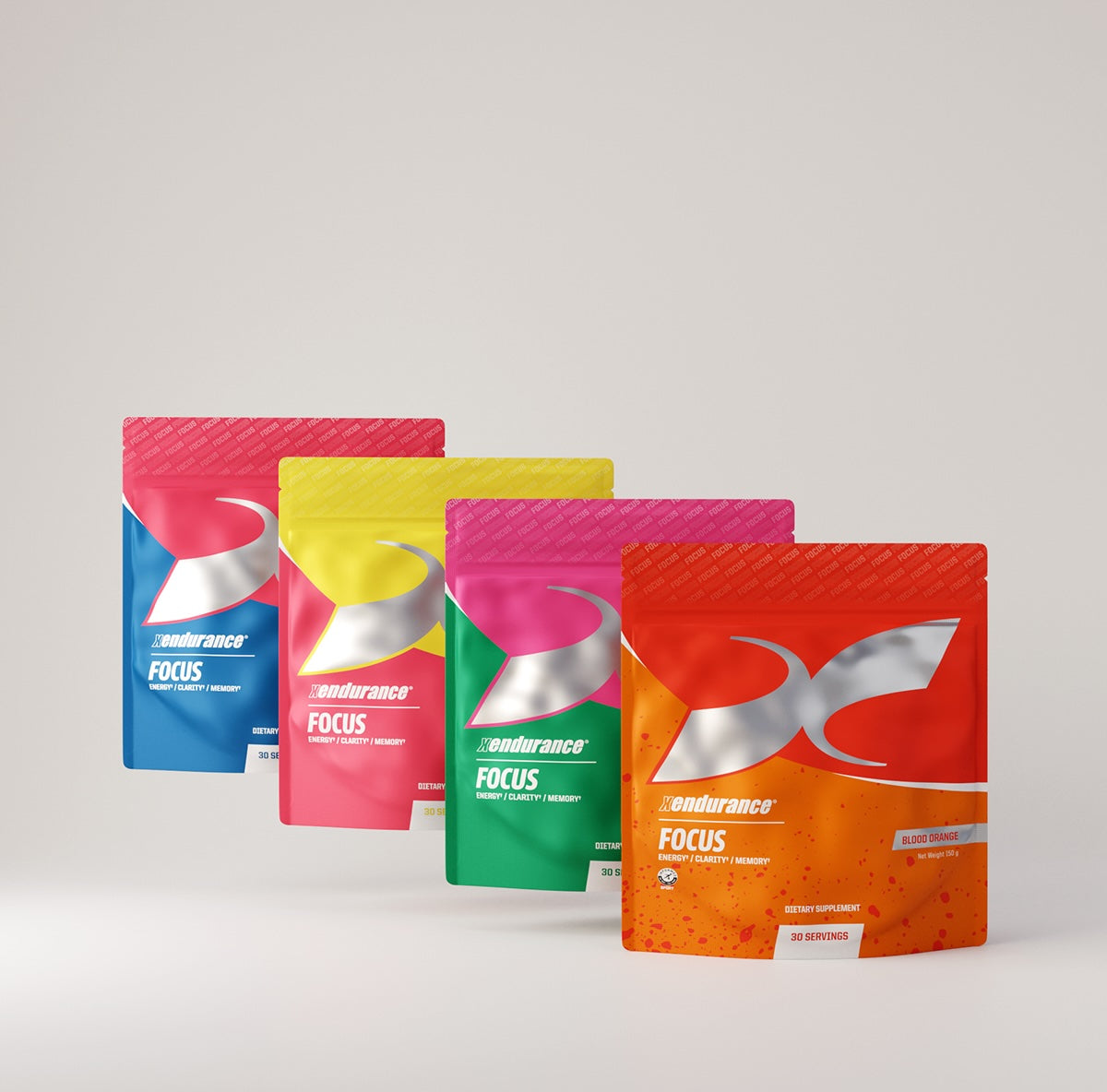
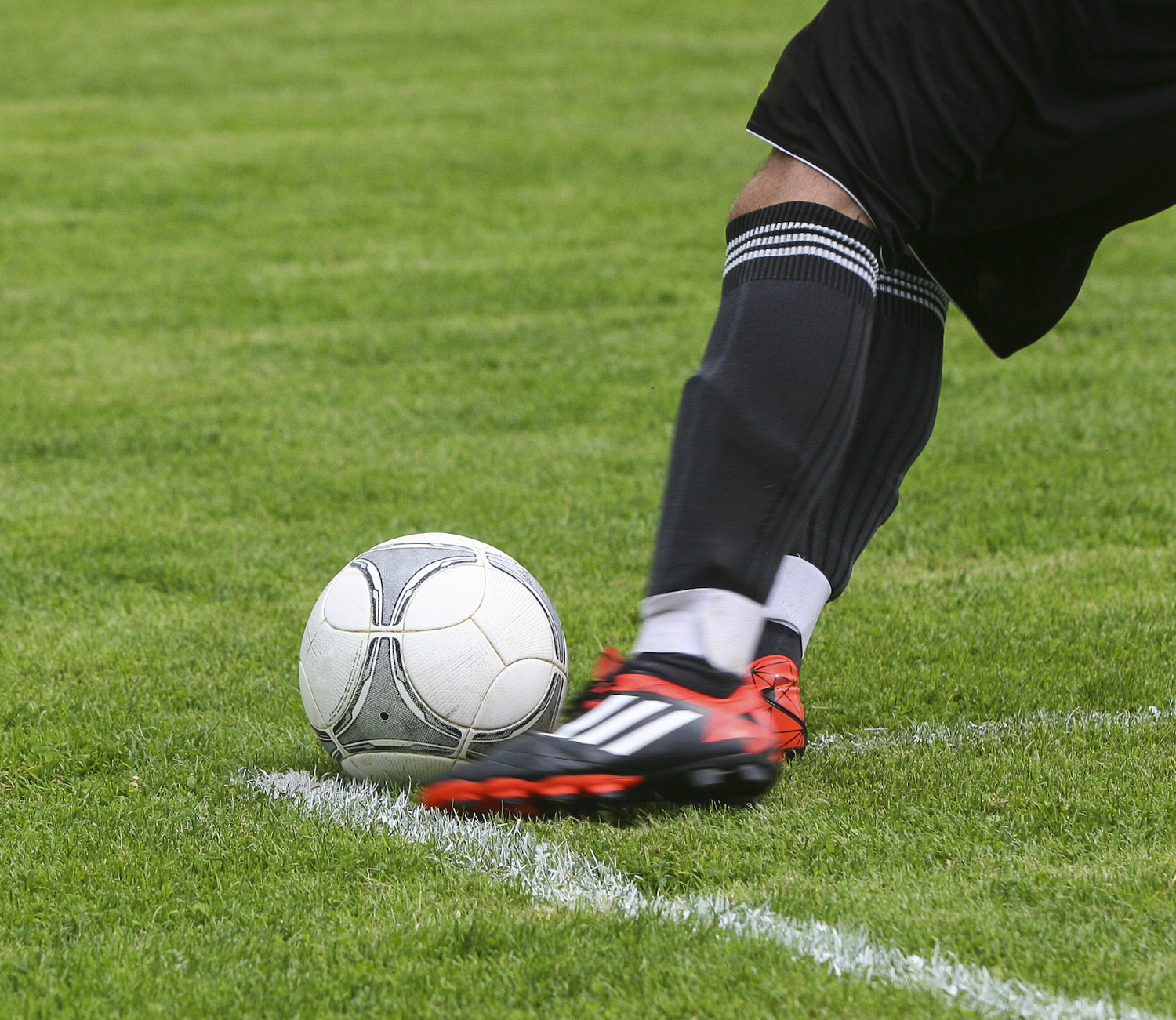


Leave a comment
This site is protected by hCaptcha and the hCaptcha Privacy Policy and Terms of Service apply.